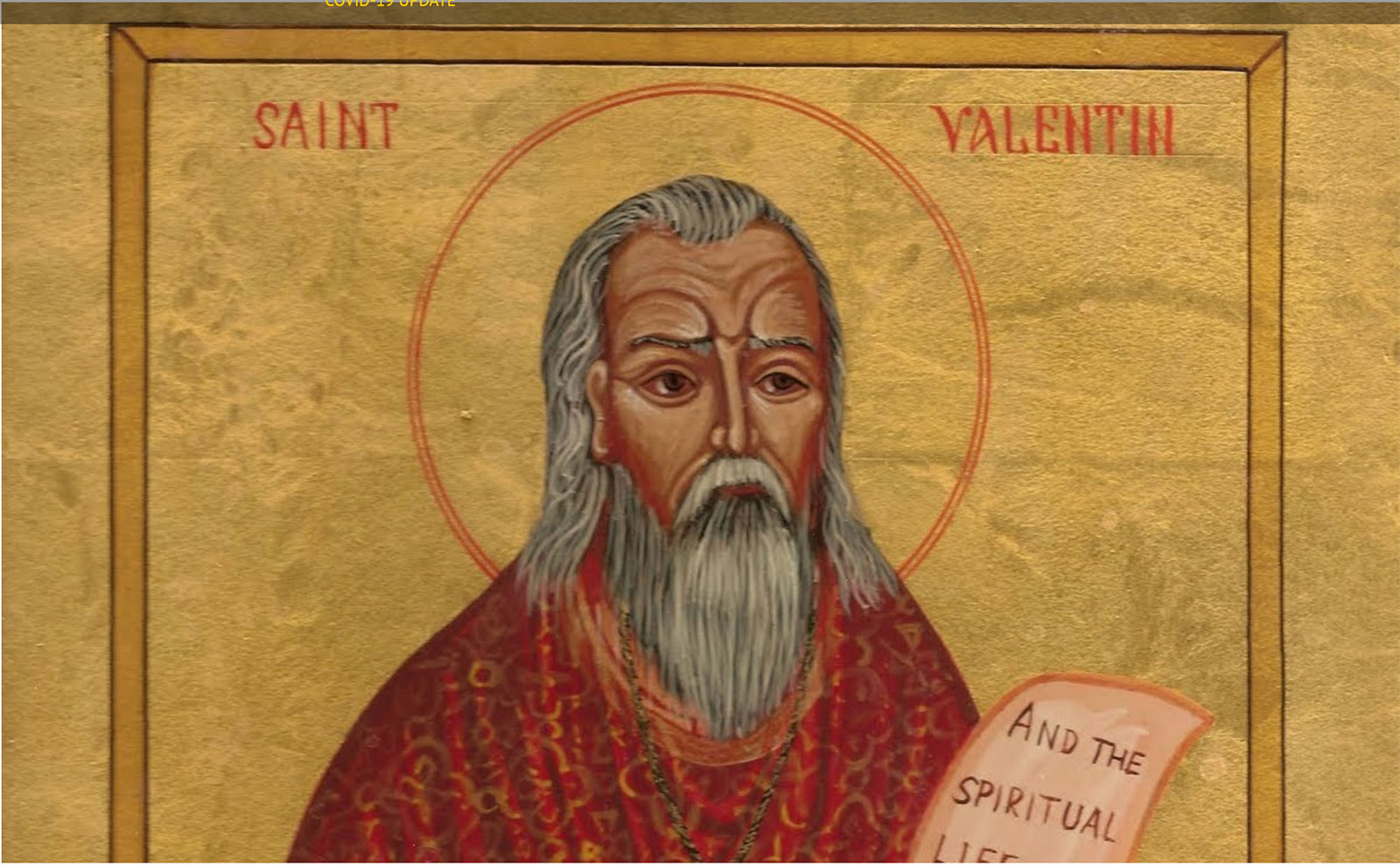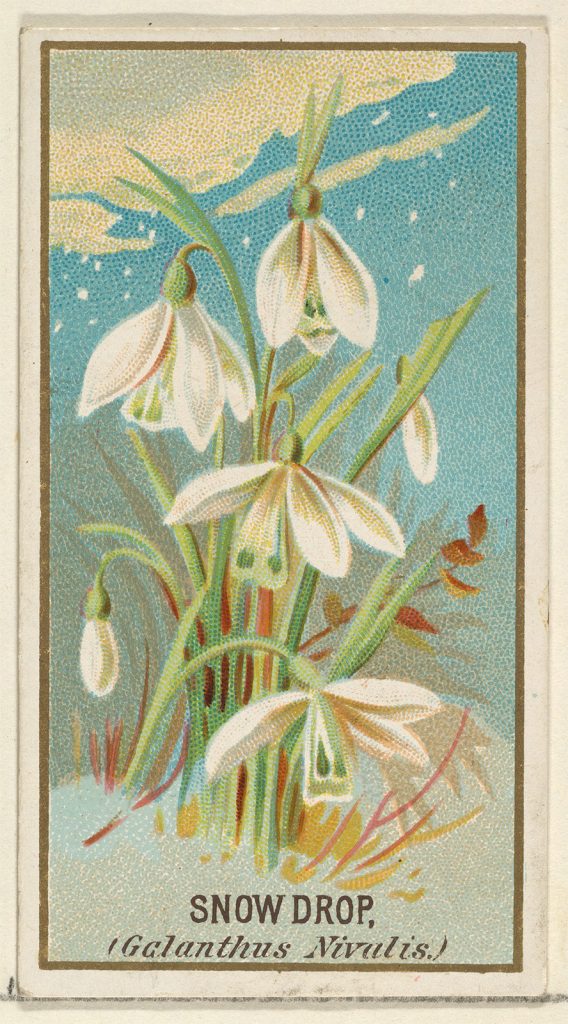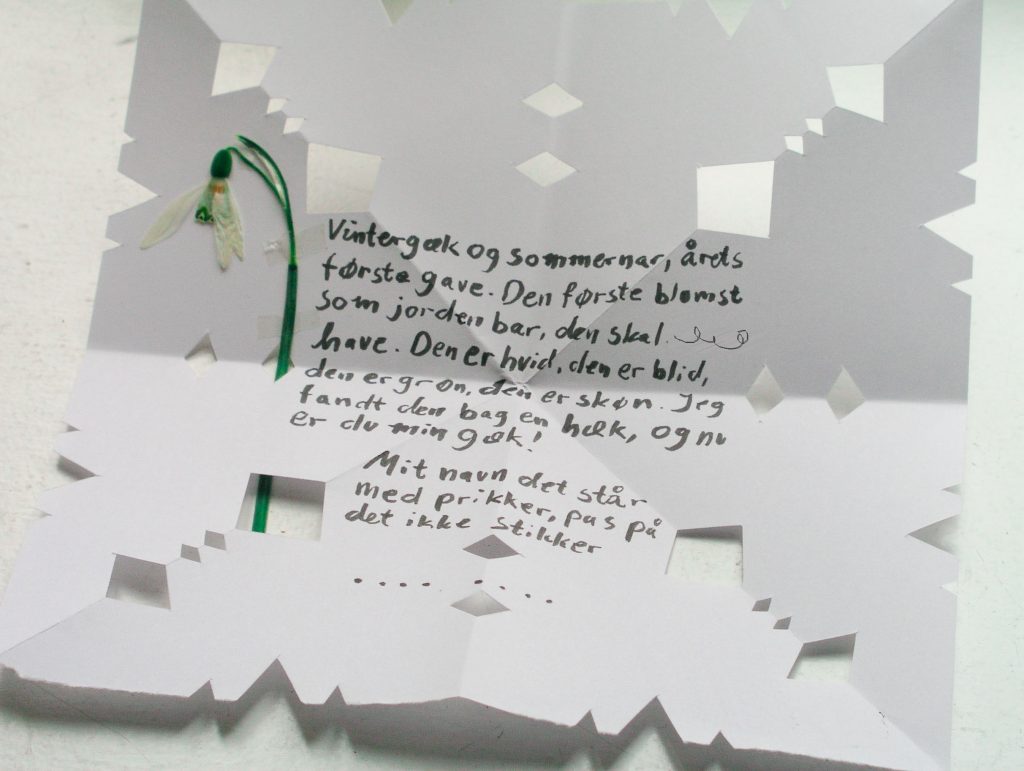
Written by Meghan E. Gattignolo
Love is in the air! February 14 is the feast day of St. Valentine in the Christian tradition, a martyr who allegedly performed secret marriages for soldiers and sent love notes from prison. The feast day was preceded by the Roman fertility festival Lupercalia, celebrated in mid-February during ancient times. Despite its ancient origins, Valentine’s Day is not celebrated everywhere; however, most countries do have their own days set aside for love and romance. Brazil and Argentina celebrate love in June and July, respectively. In South Korea and Japan, Valentine’s Day is observed in February, in addition to White Day on March 14 and Black Day for singles on April 14. Valentine’s Day as we know it in the United States has been popularly celebrated since at least the mid-nineteenth century, when Valentine’s Day cards were mass-produced for the first time.
In Denmark, Valentine’s Day is a relatively new concept. The holiday was introduced in the 1990s, and is still not observed everywhere. For many, exchanging gifts on February 14 is largely considered an American custom. The younger Danish generations are much more likely to observe Valentine’s Day, but they have adapted older Danish customs into the romantic gift-giving holiday.

Snowdrop (Galanthus Nivalis)
Via Wikimedia Commons
No Red Roses
In the United States, roses are synonymous with Valentine’s Day as a symbol of romantic love. The Danes instead prefer the delicate snowdrop. Men and women alike give away these charming flowers, either fresh or pressed, to both love interests and friends. The snowdrop is a symbol of love, charity and friendship, thanks to an old European folktale. According to legend, the snowdrop was the only flower willing to share its color with snow at the beginning of creation. Forever after, the snow and the snowdrop have been friends. The snow protects the flower and allows it to thrive and grow well before the start of spring. Snowdrops are naturally romantic flowers anyway, with tiny heart-shaped marks at the ends of their white petals.
Lover’s Cards
Though the typical Hallmark card is becoming more common in Denmark now, traditionally the Danes would exchange special cards called “lover’s cards.” These cards are transparent and when held up to the light, an image of a person giving their lover a gift is visible.

Danish Gækkebrev
Via Wikimedia Commons
Gaekkebrev
Here’s a new word for you! An old Danish custom referred to as gaekkebrev, or “joke letter.” The gaekkebrev is the Danish equivalent of a secret admirer sending the person they like an anonymous card. Traditionally, men would write a light-hearted or funny poem on a creatively cut-out piece of paper. They signed the poem with a series of dots that represent each letter of their name. The receiver of the gaekkebrev must then guess the name of the author. If the receiver can guess correctly, the secret admirer must provide an egg to the receiver at Easter. Alternatively, if the receiver can’t guess who gave them the gaekkebrev, the admirer must reveal their identity at Easter.
Try a new craft for Valentine’s Day this year! The julehjerte woven heart is actually a Danish Christmas tree ornament, but the heart-shape is also perfect for a fun and easy Valentine’s activity.
Happy Valentine’s Day! Glædelig Valentinsdag!
References:
Valentine’s Day 2023: Origins, Background & Traditions | HISTORY – HISTORY
Valentine’s Day | Definition, History, & Traditions | Britannica
Valentine’s day in Denmark : Advice for a romantic trip !
How Denmark Celebrates Valentine’s Day (grunge.com)
11 Danish cultural traditions that only make sense to Danes (visitdenmark.com)

Meghan E. Gattignolo is a freelance writer and longtime Clarksville, TN resident. She loves to obsess about historical subjects and annoy her family daily with unsolicited random facts. Meghan holds a History B.A. from Austin Peay State University and lives in town with her husband and two daughters.